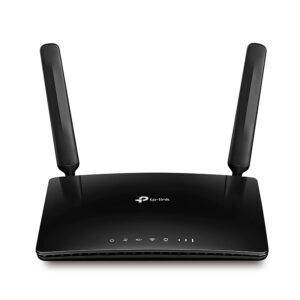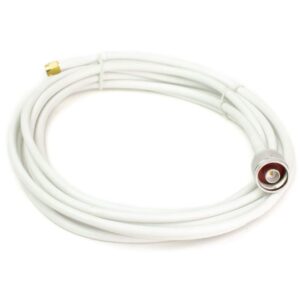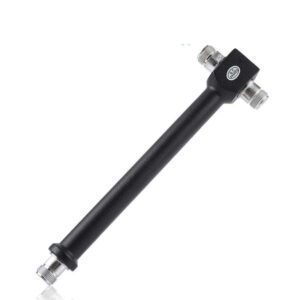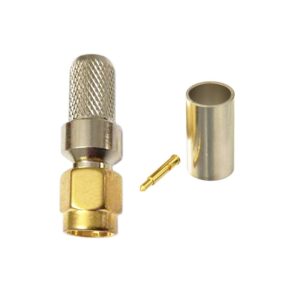Frequency Range: 698 MHz to 2700 MHz
This range includes many communication and broadcast frequencies, such as those used in cellular networks, Wi-Fi, and other RF applications.
Configuration: 3-to-1
The combiner has three input ports and one output port. It combines the signals from the three inputs into a single output.
Insertion Loss: Typically 1.0 dB to 2.0 dB
Insertion loss is the amount of signal power lost when the combiner is inserted into the signal path. Lower insertion loss is preferable as it means minimal signal attenuation.
Isolation: Typically 15 dB to 20 dB
Isolation measures how well the combiner separates the input signals from each other and from the output signal. Higher isolation values indicate better signal separation and reduced interference.
Return Loss: Typically 15 dB to 20 dB
Return loss measures how well the combiner matches the impedance of the transmission lines. Higher return loss values signify better impedance matching and reduced reflected signal.
Power Handling: Typically 10 W to 50 W
This denotes the maximum power the combiner can handle without damage. The exact rating depends on the design and materials used in the combiner.
Connector Type: Various options
Connectors can be N-type, SMA, or other RF connectors depending on the model and manufacturer.
Construction: Typically made from high-quality materials such as aluminum or brass with a dielectric material like PTFE (Teflon)
The materials used affect the combiner’s performance, durability, and frequency response.
Dimensions: Varies by model
The size and form factor will depend on the specific design and manufacturer. Ensure that the combiner fits within the physical constraints of your system.
Environmental Conditions:
Temperature Range: Typically from -40°C to +85°C
Humidity: Generally up to 95% non-condensing
Key Considerations:
Signal Combining: Ensure that the combiner meets your requirements for combining signals. The performance metrics, including insertion loss, isolation, and return loss, are crucial for maintaining signal quality and integrity.
Performance Metrics: Lower insertion loss and higher isolation are desirable for efficient signal combining with minimal interference.
Application Suitability: This combiner is suitable for applications such as signal aggregation in communication systems, combining signals from multiple sources in broadcast setups, and other RF applications where signal combination is necessary.






